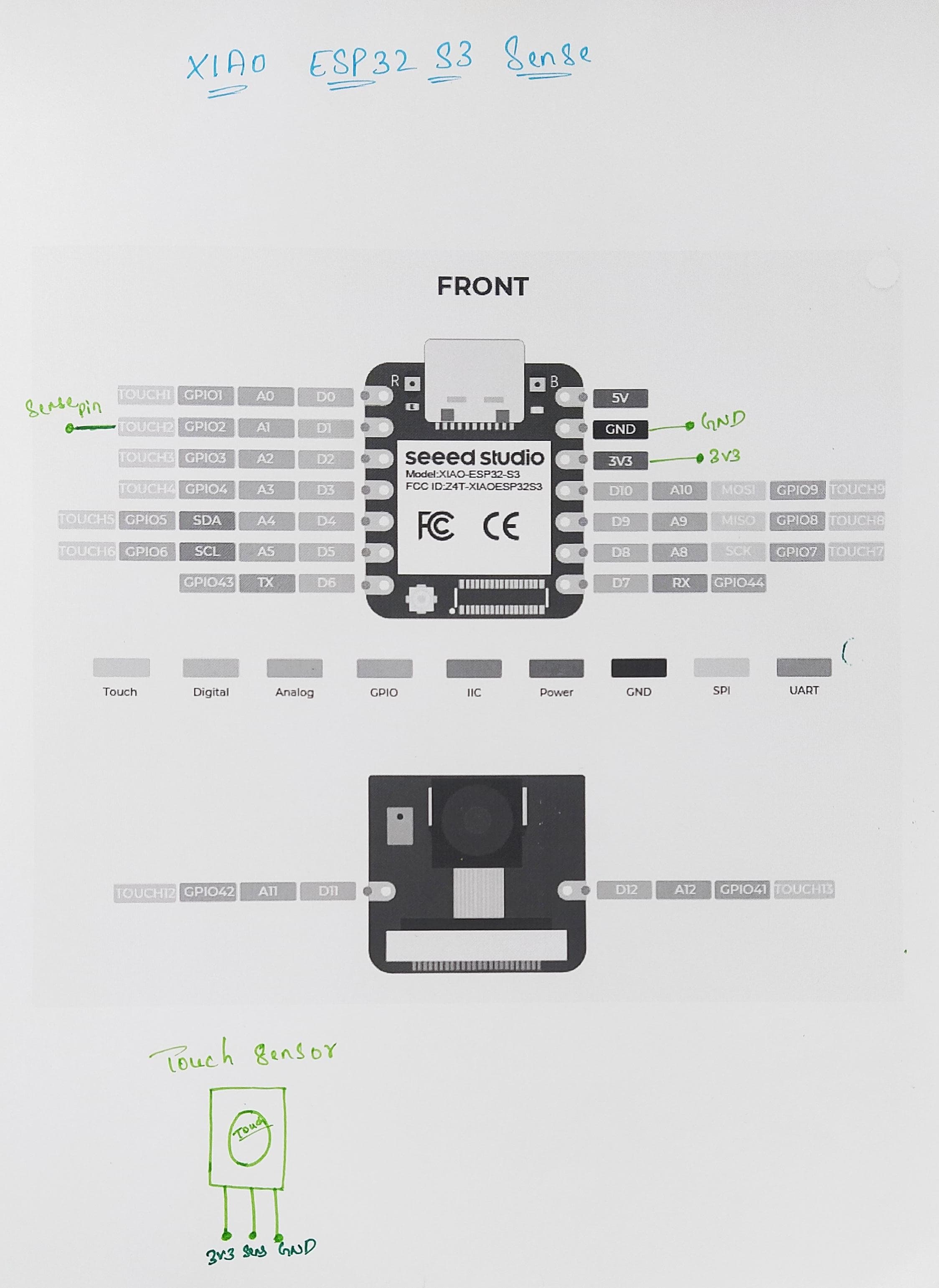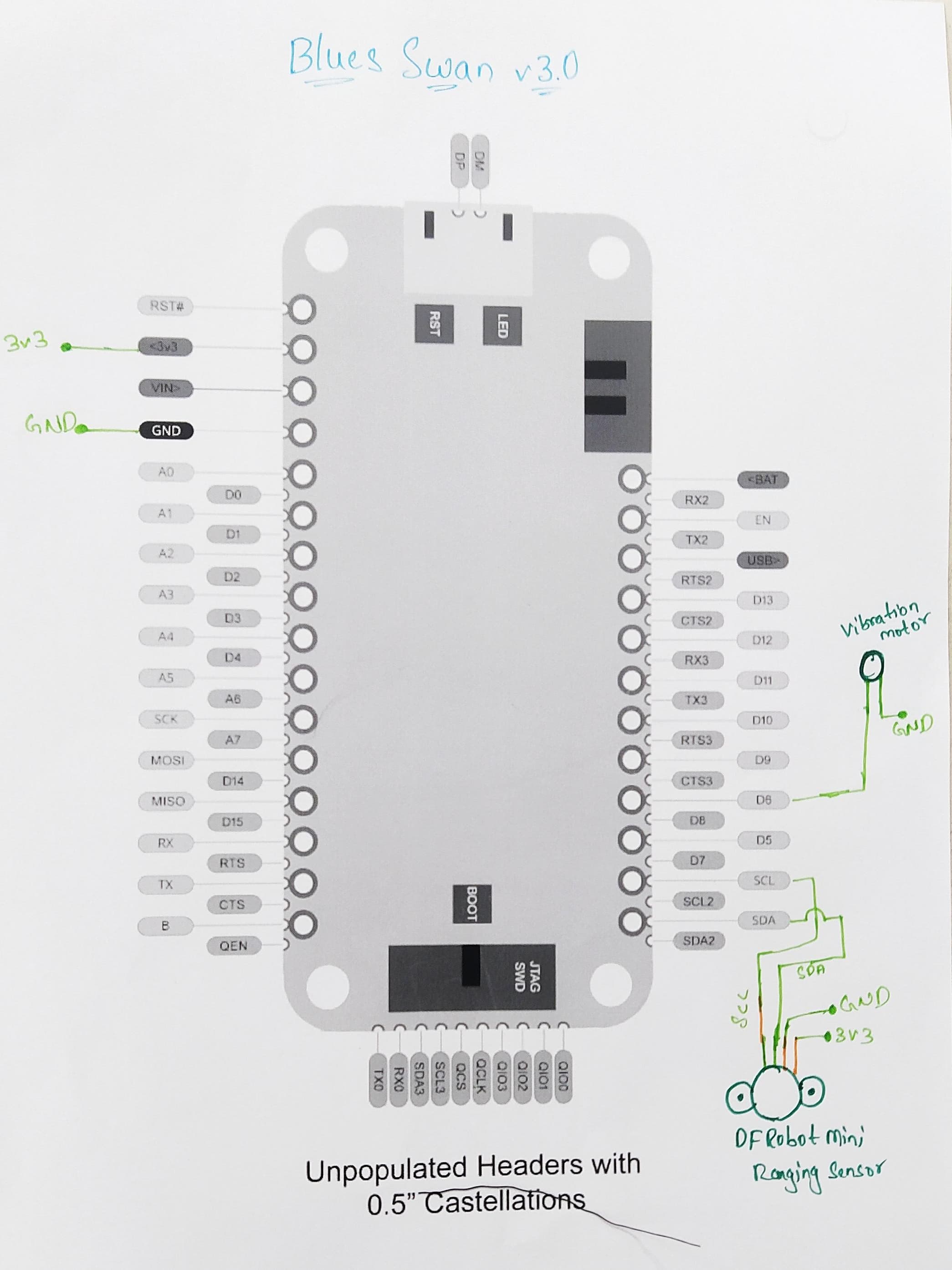VisionAssist: Advanced Wearable for the Visually Impaired is a smart device that helps visually impaired individuals avoid obstacles while moving from one place to another. It is also equipped with a tiny camera that allows the user to capture any suspicious things around them.
One of the main problems visually impaired people face is accidentally colliding with obstacles and getting injured. The VisionAssist smart wearable device, equipped with a camera, reduces the chances of collisions. Additionally, it helps prevent situations where a visually impaired person might accidentally touch someone while moving indoors, potentially leading to misunderstandings or accusations of inappropriate behavior, as they are unaware of others' presence. VisionAssist can be very helpful in avoiding these issues.
Integrating Ranging sensor and Vibration MotorIn the wearable device, we use a DFROBOT Mini Ranging Sensor to detect obstacles. If an obstacle is nearby, the person is alerted through a vibrator. This ensures that the visually impaired individual can move freely without worrying about obstacles. The Blues Swan board is used as the main controller for this system.
In addition to the main controller, we are using the Xiao ESP32-S3 as a co-controller to capture images around the person wearing the smart wearable. A touch sensor is employed to detect when the user wants to take a photo; they simply need to touch the sensor. Upon detecting a touch, an image is captured using the OV2640 camera sensor. The captured image is then sent to an HTTP server and also saved to an SD card. The Raspberry Pi 4B serves as the HTTP server, where all captured images are stored and can be viewed by family members. This feature is helpful both for capturing images of suspicious individuals or places and for taking pictures of useful things that need to be shared with family.
Configuring Raspberry Pi 4 Model B
To use the Raspberry Pi 4 Model B as an HTTP server, we are running Apache, MySQL, and PHP on the Raspbian OS.
Here, we can see the images uploaded to the HTTP server from the ESP32-S3. Images will be uploaded to the server whenever a touch is detected.
Future Scope: We can also add a fall detection sensor to detect accidental falls, and GNSS for outdoor navigation.






















Comments
Please log in or sign up to comment.